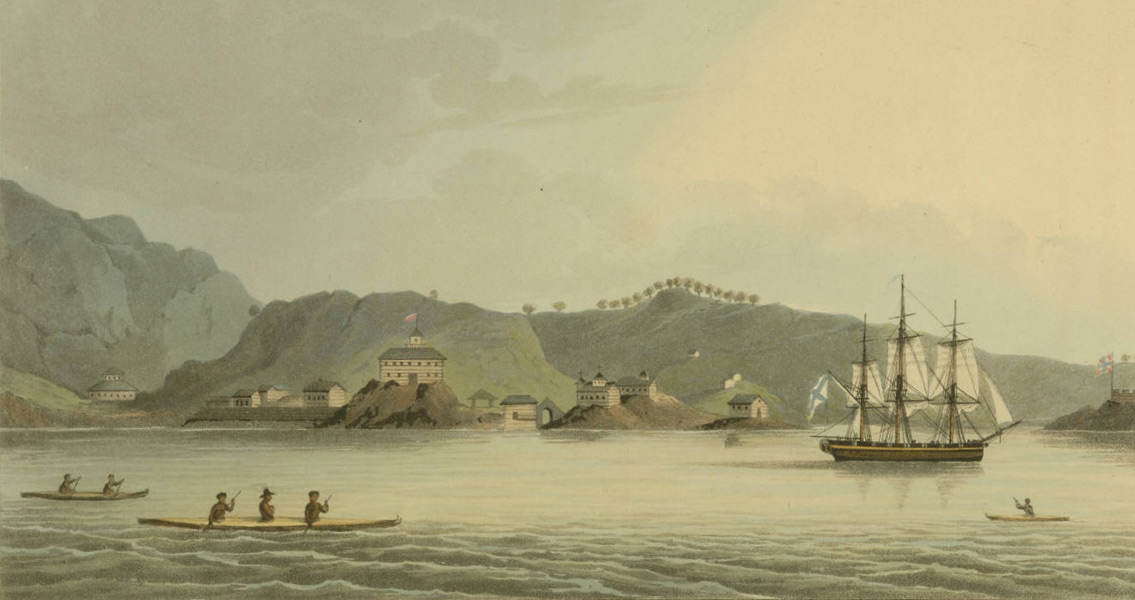<![CDATA[No official documents remain from the time of the legendary disaster that was the sinking of the Neva, only a verbal history passed down through generations, and the artifacts discovered last summer by an expedition led by David McMahan, a former Alaska State Archaeologist, at the site he believes the survivors of the shipwreck camped while waiting for rescue. The Neva was one of two ships (the second ship was called the Leander) constructed close to London, sold to Russia and ultimately shipped to St. Petersburg. Czar Alexander I, in order to show Europe that Russia was as great a power at sea as it was on land, charged the two ships with the task of being the first Russian vessels to circumnavigate the globe. While on some level this ‘showing the flag’ was a rite of passage for Russia, the voyage was also responsible for contributing a score of scientific and hydrologic information to maritime records. Furthermore, the crew named a variety of landmarks along the way, including Lisianki Island, a mile-long rookery not far from Hawaii named for the ship’s captain, and the Neva Shoals - the coral forests surrounding the island. The frigate Neva, also described as a sloop, spent the majority of it’s life as a transport, hauling furs to China, and bringing back tea to Russia. It also carried settlers and supplies to the New World. It was big enough, at 373 tons, to manage the rough seas around the Cape of Good Hope and Cape Horn, but also small enough to utilize smaller ports. While serious battleships carried 120 cannons, the Neva carried only 14. Those 14 guns came in handy when, in 1802, Tlingit warriors in Sitka took over the Russian garrison. The Tlingits handily fought off the first attempt to retake the fort, but then the Neva, as part of its around-the-world journey, arrived nearby in Kodiak. Once Lisyansky learned of the battle, he immediately sailed to Sitka where the ship's few cannons rained havoc on the Tlingits who eventually evacuated, thereby giving the Russians their victory. Historians claim this battle played a pivotal role in Alaska becoming the 49th state. The battle was also the precursor to 'The Curse'. The late Herbert Hope, a Tlingit historian, wrote that after the battle at Sitka a shaman foretold that the ship which had shelled the village would ‘go under the water’. In 1813 that’s exactly what happened. After becoming lost in fog and rough seas the ship sank, leaving only 26 survivors. Recent investigations have found items which could tell archaeologists how the survivors (who were eventually found and rescued) endured the January cold of Alaska with only a few scavenged pieces from the wreck and items foraged from the immediate area. The artifacts portray the ingenuity, desperation and grit most modern adventurers will find riveting and surprising.]]>
Did a Curse Sink the Neva or the Weather?
